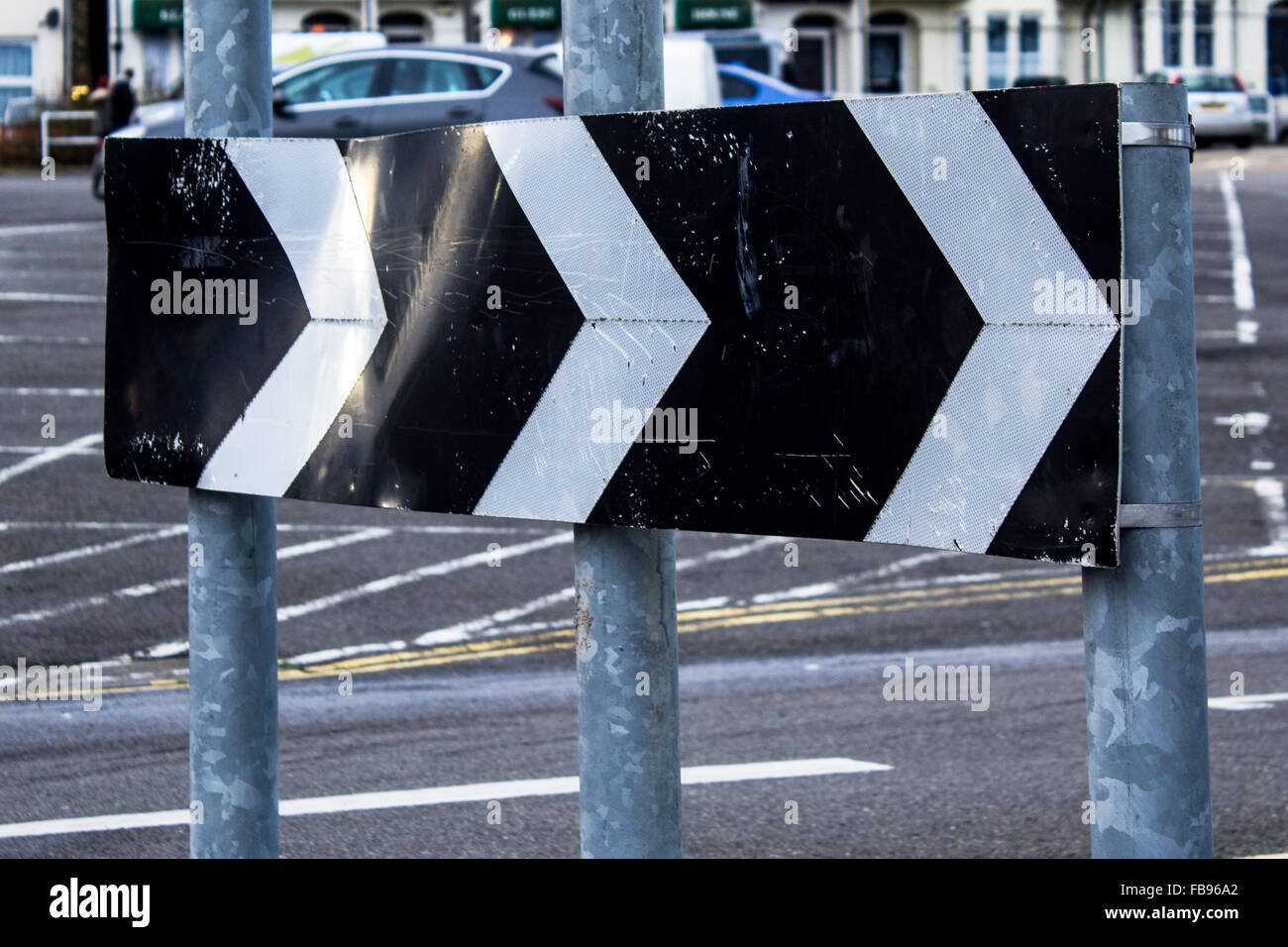Overview of Chevron Overturned Meaning

Chevron overturned meaning – A chevron overturned is a heraldic symbol depicting a V-shaped chevron with its point facing downwards. It is distinct from the regular chevron, which has its point facing upwards. The overturned chevron carries various meanings and implications, depending on the context in which it is used.
The recent overturning of the Chevron deference doctrine, a long-standing legal precedent, has sparked debate and uncertainty. The Chevron decision, established in 1984, gave deference to federal agencies’ interpretations of ambiguous statutes. This doctrine has been criticized for allowing agencies to overstep their authority and for undermining the role of the judiciary.
The overturning of Chevron has reignited discussions about the balance of power between the executive and judicial branches, and its implications for the future of administrative law.
In heraldry, the chevron overturned represents adversity, misfortune, or humility. It is often used to symbolize a period of hardship or challenge that the bearer has overcome. In some cases, it may also indicate a person who has been forced to start over or rebuild their life.
Chevron overturned meaning refers to a situation where a court overturns a previous decision. This is done when the court finds that the previous decision was wrongly decided. The court may also overturn a previous decision if it finds that the law has changed since the previous decision was made.
In some cases, a court may overturn a previous decision if it finds that the previous decision was based on an incorrect interpretation of the law. Stare decisis is a legal principle that requires courts to follow precedent. This means that courts will generally follow the decisions of higher courts and will not overturn a previous decision unless there is a good reason to do so.
Chevron overturned meaning is an exception to the stare decisis principle.
Symbolism in Different Fields
The overturned chevron has also found use in other fields, including:
- Architecture: In architecture, an overturned chevron may be used to create a decorative effect or to symbolize a downward-facing roofline.
- Fashion: In fashion, an overturned chevron pattern may be used on clothing or accessories to create a visually appealing design.
- Military: In the military, an overturned chevron may be used to denote a unit that has suffered heavy losses or has been forced to retreat.
Chevron Overturned in Geology and Geomorphology

In geology and geomorphology, an overturned chevron fold is a type of fold in which the axial plane is inclined and the limbs of the fold are overturned, meaning they dip away from the axial plane. Overturned chevrons are significant because they indicate the direction and intensity of tectonic forces that have acted on the rock.
Geological Significance, Chevron overturned meaning
The orientation of an overturned chevron fold can provide valuable information about the direction of tectonic forces that have acted on the rock. The axial plane of the fold is typically perpendicular to the direction of compression, and the limbs of the fold are overturned in the direction of the compression.
The intensity of tectonic forces can also be inferred from the overturned chevron fold. The more intense the forces, the more the fold will be overturned. In some cases, the limbs of the fold may be completely overturned, so that they are parallel to the axial plane.
Examples
Overturned chevron folds are found in a variety of geological settings, including:
- Thrust belts
- Fold and thrust belts
- Collision zones
One well-known example of an overturned chevron fold is the overturned limb of the overturned anticline at the Devil’s Postpile National Monument in California. This fold was formed during the collision of the Farallon Plate with the North American Plate.
Chevron Overturned in Heraldry and Symbolism

In heraldry, the overturned chevron carries significant historical and cultural meaning. It has been employed across various lineages and cultures to symbolize different concepts, ranging from authority to protection.
The overturned chevron, also known as the “chevron reversed” or “chevron renversé,” is a V-shaped charge with its point facing downward. Unlike the standard chevron, which points upward, the overturned chevron represents a reversal or inversion of the traditional symbol.
Historical Significance
Historically, the overturned chevron has been associated with various meanings, including:
- Authority and Power: In medieval heraldry, the overturned chevron was often used to denote authority, power, and strength. It was commonly found in the coats of arms of powerful families and rulers.
- Protection: The overturned chevron was also believed to represent protection and defense. It was often used in the heraldry of knights and warriors, symbolizing their ability to shield themselves and others from harm.
- Lineage and Ancestry: The overturned chevron could also indicate lineage and ancestry. In some cases, it was used to differentiate between different branches of a family or to trace descent from a particular ancestor.
Examples in Heraldry
Numerous heraldic devices incorporate the overturned chevron, including:
- Coat of Arms of the Counts of Flanders: The coat of arms of the Counts of Flanders features a gold overturned chevron on a red field. This symbol represents the authority and power of the Flemish counts.
- Coat of Arms of the House of Bourbon: The coat of arms of the House of Bourbon includes a blue overturned chevron on a gold field. This chevron symbolizes the protection and defense provided by the Bourbon dynasty.
- Coat of Arms of the City of Antwerp: The coat of arms of the City of Antwerp features a red overturned chevron on a white field. This chevron represents the city’s lineage and ancestry, tracing its origins back to the medieval Duchy of Brabant.
Chevron overturned meaning relates to a landmark Supreme Court ruling. The Court recently overruled the Chevron doctrine , which had given deference to agency interpretations of ambiguous statutes. This means that courts will now have more authority to review agency decisions, potentially leading to more legal challenges and uncertainty in regulatory matters.
However, the Chevron overturned meaning may also promote greater accountability and transparency in government decision-making.
Chevron overturned meaning refers to the Supreme Court’s decision in Chevron U.S.A., Inc. v. Natural Resources Defense Council, Inc. (1984), which established the “Chevron deference” doctrine. This doctrine gives courts limited authority to review agency interpretations of ambiguous statutes.
As a result, agencies have broad discretion to interpret the laws they enforce. The chevron decision has been controversial, with critics arguing that it gives too much power to agencies. However, the doctrine remains an important part of administrative law and continues to shape the relationship between courts and agencies.
Chevron overturned meaning refers to the Supreme Court’s decision in Chevron U.S.A., Inc. v. Natural Resources Defense Council, Inc., which established the “Chevron deference” doctrine. This doctrine requires courts to defer to an agency’s interpretation of a statute if it is reasonable.
Learn more about the Chevron decision by the Supreme Court to better understand the implications of Chevron overturned meaning.